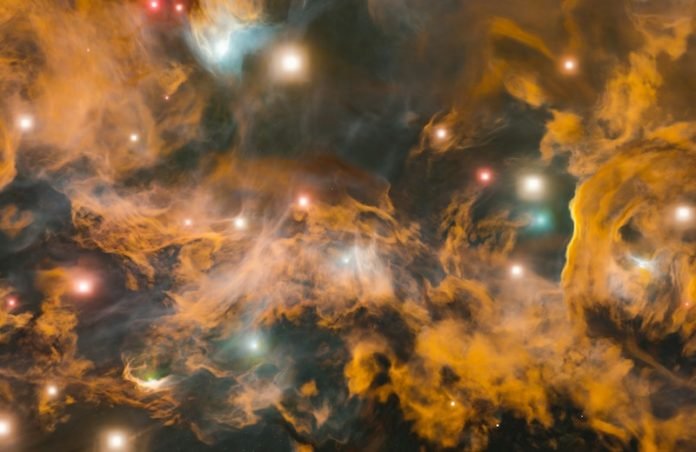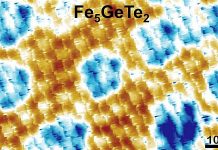
In an exciting development in the field of physics, a team has introduced a groundbreaking method to detect incredibly low-frequency gravitational waves.
This novel approach could open doors to understanding the early stages of the universe, especially focusing on the mysteries surrounding the mergers of supermassive black holes—among the most massive entities known to exist.
Gravitational waves are essentially ripples that travel through the fabric of space itself. Just like waves in water or sound waves through air, gravitational waves have both frequency and amplitude.
These characteristics provide crucial information about their origins and the nature of the events that caused them.
Until now, scientists have been able to detect gravitational waves with frequencies as low as one nanohertz, but the new method allows detection of waves oscillating at a pace as slow as once every thousand years, or 10 picohertz—100 times lower than any gravitational wave detected previously.
Jeff Dror, Ph.D., from the University of Florida, and his colleague William DeRocco from the University of California, Santa Cruz, are the brains behind this innovative approach.
Their work, published in Physical Review Letters, uses the timing of radio waves emitted by pulsars and neutron stars to search for signs of these ultra-low-frequency gravitational waves.
Pulsars are known for their remarkably consistent emission intervals, making them excellent candidates for such studies.
The significance of detecting such low-frequency waves cannot be overstated. Gravitational waves of these frequencies come from events that took place in the distant corners of the universe, potentially affecting the very fabric of space and how light traverses it.
These waves offer a new lens through which to view cosmic history, drawing parallels to the discovery of the cosmic microwave background—a relic radiation that provides a snapshot of the universe shortly after the Big Bang.
The potential sources of these low-frequency waves are intriguing. One leading theory suggests they originate from the merger of two supermassive black holes, colossal events that shape the galaxies. Another possibility is that they stem from cataclysmic events in the early universe.
By detecting and studying these waves, scientists like Dror and DeRocco hope to differentiate between these theories and add a new chapter to our understanding of the cosmos.
Looking forward, the team plans to delve into more recent datasets, including observations made well beyond their 2014 and 2015 data. With advances in observational technology and the accumulation of pulsar data, the possibility of detecting these elusive waves grows ever more promising.
Moreover, simulations run on powerful supercomputers like the University of Florida’s HiPerGator will further refine their methods and enhance our understanding of the universe’s early days.
This breakthrough in gravitational wave detection is a testament to human ingenuity and our relentless quest to understand the universe’s mysteries.
As we expand our “hearing range” in the cosmic symphony, we edge closer to uncovering the secrets of our cosmic origins and the monumental events that have shaped the universe as we know it.
The research findings can be found in Physical Review Letters.
Copyright © 2024 Knowridge Science Report. All rights reserved.



